Mission
To develop public health leaders, advance knowledge on health equity, and collaboratively transform public health locally and globally through education, research, and service.
Vision
To be a leader in creating and advancing innovation and excellence in Public Health.
To achieve the mission, vision, and values, SDSU SPH has prioritized the following six goals, with associated focal areas and metrics to track progress toward goals.
In fulfilling its mission, the SPH is committed to the following core values:
-
Excellence in teaching, research, and service;
-
Discovery of new knowledge;
-
Diversity in students, faculty, and staff;
-
Professional and personal integrity;
-
Advancement of social justice for all;
-
Evidence-based practice; and
-
Preparation of a public health workforce that share these values.
Goal 1: Continuously Enhance the Academic and Professional Preparation of SPH Students
1.1 Undergraduate Student Success
Graduation Rates
Strategies: (1) Ensure relevant current content of courses and expand curricular offerings; and (2) Recruit faculty and advisors dedicated to undergraduate (UG) program.
Pursuit of Future Graduate Degree Education and Employment in a Health-Related Sector
Strategies: (1) Launch professional development series; (2) Present graduate program offerings within required classes; (3) Identify and recruit talented undergraduates for Graduate School mentoring and application; (4) Expanded support for job searches; and (5) Target graduate admission information to existing undergraduate programs and organizations that support Black, indigenous, and other people of color (BIPOC) and other underrepresented students in academia [Advancement Via Individual Determination (AVID), Initiative for Maximizing Student Development (IMSD), Maximizing Access to Research Careers (MARC), etc.].
Student Diversity, Equity, and Inclusion
Strategies: Increase and maintain enrollment of students from underrepresented minority (URM) backgrounds, particularly BIPOC, sexual and gender diverse students, and first generation college students. (1) Launch and implement mentoring program to support underrepresented and first-generation college students; and (2) Form and sustain school committee on diversity, equity and inclusion, with faculty and student representation on the committee.
1.2 Graduate Student Success
Expand Academic Public Health Degree Offerings and MPH Degrees Offered In Person and Online
Strategies: Launch faculty development program to assist faculty with innovative teaching and novel technologies.
Student Diversity, Equity, and Inclusion (DEI)
Strategies: (1) Increase and maintain enrollment of students from underrepresented and diverse backgrounds in academia, particularly BIPOC, sexual and gender diverse students, and first generation college students. (2) Target graduate admission information to existing undergraduate programs and organizations that support BIPOC and other underrepresented students in academia (AVID, IMSD, MARC, etc.); (3) Form and sustain school committee on diversity, equity and inclusion, with faculty and graduate and undergraduate student representation on the committee; and (4) Expand support for job searches.
Enrollment in Online MPH Program
Strategies: (1) Increase marketing of online and certificate programs. (2) Establish private and public partnerships to expand reach of programs; and (3) Expand international student reach of programs.
1.3 Student Funding
Extramural Funding Opportunities
Strategies: (1) Engage alumni in giving to student scholarships; (2) Establish private partnerships to support student funding; (3) Support enrolled students to apply for fellowships (F31)/training supplements; (4) Increase professional development opportunities (e.g., grant writing, job application preparation) for master’s and doctoral students; and (4) Consider additional financial aid mechanisms.
1.4 Curricular Excellence
Continual Review and Updates of Curricula
Strategies: (1) Curriculum committee; (2) Annual student, alumni, stakeholder and potential employer feedback; (3) Ongoing faculty meetings and retreats; and (4) Inclusion of key foci such as ethics.
1.5 Anti-Racism and Social Justice
Number of Trainings, Internships/Courses, High Satisfaction with School Climate
Strategies: (1) Inclusion of key foci such as antiracism and social justice into broader curriculum; (2) Integrate social and structural determinants of health into broader curriculum; and (3) Provide student internships/trainings opportunities in DEI each year.; (4) Faculty training in antiracism and implicit bias and DEI. (5) Align school policies/procedures/climate with anti-racism and social justice goals.
Goal 2: Enhance and Strengthen Research and Contracts
2.1 Growth in External Funding for Faculty
Extramural Funding (funding per faculty and number grants submitted)
Strategies: (1) Support research programs for junior faculty in faculty mentoring program; (2) Provide resources and support for faculty to attend grant-writing workshops, especially those focused on multidisciplinary grant proposals and center grants; (3) Identify donor support or other support for larger funds for pilot research; (4) Create writing groups to support faculty ideas and collaboration; (5) Encourage junior faculty to apply for release time from the College to write grants; and (6) Maintain and develop resources to support faculty of all levels in grant preparation and submission (e.g., budget preparation, statistical analysis for grant preparation)
2.2 Enhance Student Involvement in Research
Student Involvement in Research
Strategies: (1) Develop and implement training to enhance faculty mentoring of students; (2) Provide increased funding for mechanisms that allow students to collect data and collaborate with faculty (e.g., University Grants Program); and (3) Increase skills to improve faculty and student professional development, such as management and leadership of research teams.
Mentored Student Research Outputs
Strategies: (1) Focus fundraising efforts to support student research activities and publication costs; (2) Present students opportunities for funded, mentored research internships and training experiences (e.g., IMSD, MARC); and (3) Encourage students to present at the Student Research Symposium (SRS) and create SPH-specific opportunities to present student research.
2.3 Increase the Capacity of Faculty to be Leaders in Their Fields of Research
Service to Profession
Strategies: Enhance interdisciplinary and intercollege collaboration.
Visibility of Research (in media and conference presentations)
Strategies: (1) Provide faculty with training on how to promote their research, improve communication, and work with media; (2) Assess and articulate faculty program of research and methodologic strengths; and (3) Increase funding for faculty to attend conferences and pay professional society dues.
Research Outputs (publications in high impact journals)
Strategies: Provide financial and mentoring resources to support faculty research innovation, publications, and presentations.
Goal 3: Strengthen Community Partnerships
3.1 Enhance Community-Engaged Research
Community-Academic Partnerships (e.g., number of faculty engaged in community-engaged research; contracts involving community partners)
Strategies: (1) Provide yearly presentation and training on community-engaged research conducted by faculty; (2) Develop Tenure and/or Promotion RTP and assigned time guidelines for community-engaged research activities (e.g., formalize process for assigned time for faculty devoting significant time to strengthening relationships with community-based organizations that support the mission of the school and college); (3) The Institute of Public Health (IPH) will convene meetings with faculty to gauge interest in collaborating with community groups; and (4) Maintain and review list of community-academic partnerships on an annual basis to identify areas for new partnership development/maintenance to meet the interests of communities, faculty, and students
Research Outputs (e.g., publications and grants with community partners)
Strategies: Develop a community partners’ series to discuss partnership needs and foster collaborations.
3.2 Expand student community engagement and training in community-based public health research and practice
Training Opportunities (for community-engaged public health research and practice)
Strategies: (1) Ensure all students are exposed to community-engaged research in coursework; (2) Enhance field practice experiences to include community-engaged components; (3) Promote school and classroom activities that engage and support local communities; and (4) Develop and implement a plan to expand internship coordination services to community partnerships
Goal 4: Expand Global Research
4.1 Connect Students to High Impact Learning Experiences Abroad
Training Opportunities (e.g., student involvement in study abroad, opportunities available, quality of experiences)
Strategies: (1) Connect students to existing global high impact learning experiences; (2) Foster international collaborations to serve as additional learning sites for students; (3) Identify sustainable funding for global high impact learning experiences (e.g., from alumni and SPH partners); and (4) Support and enhance training for students with an interest in Global Health (e.g. JDP).
4.2 Expand International Student Recruitment and Scholar Engagement
Visibility of SPH in Global Work
Strategies: (1) Promote global research done by faculty on website and in newsletter
Student Representation and Number of Global Partners
Strategies: (1) Create an international visiting scholar program and create and sustain global alumni network; (2) Formalize global network of academic and non-academic partners; and (3) Create and partner with international student organizations in public health
4.3 Expand Faculty Research Globally
Research in Global Health
Strategies: Promote mechanisms that will fund research studies abroad including SDSU faculty
Goal 5: Engage Alumni Network
5.1 Support Alumni Board Activities
Engagement of Faculty, Students, and Alumni (e.g., participation)
Strategies: (1) Faculty included in planning, advertising, and attending events sponsored by Alumni Board; (2) Increase use of social media and newsletters by faculty, alumni and students to share information on SPH alumni accomplishments, and SPH alumni events; (3) Support the Alumni Speaker Series and recognize the achievement of outstanding alumni through awards, and on the website and newsletter; (4) Update and monitor alumni database annually; and (5) Recruit and maintain an active Alumni Board.
5.2 Develop Culture of Student and Alumni Engagement
Engagement of Faculty, Students, and Alumni (e.g., mentorship, support)
Strategies: (1) Develop and sustain alumni mentor matching program; (2) Increase alumni contributions to the annual “Great Give”; (3) Alumni board with host networking events each semester; and (4) Compose an alumni speaker list for invited talks (professional or scientific, classroom or more broadly) at SPH.
Goal 6: SPH Continued Growth and Sustainability
6.1 Strengthening SPH’s Financial Future
Funding
Strategies: (1) Diversify student success through scholarships, travel funds, and tuition assistance; (2) Funding for faculty positions to enhance the experience student receive both inside and outside the classroom and the impact that faculty make within the global community. This includes endowed professorships. (3) Funds to support the general mission of SPH, including funds invested in faculty and student membership to professional organizations such as American Public Health Association (APHA), providing “bridge funds” for faculty in between grants, and supporting programs such as our international field experiences. (4) Ranked “wish list” of urgent projects/tasks/items to prioritize for donor-sponsored funding each upcoming year; and (5) Increase visibility/outreach in the time of COVID-19 and during other local and global health crises
6.2 Expand SPH’s Footprint
New Geographic Expansion and Modernization
Strategies: (1) Create opportunities in Mission Valley and Imperial Valley for PH partnerships; and (2) Update and modernize lab, faculty, and student spaces
6.3 Commitment to Faculty and Staff Diversity, Equity, and Inclusion
Faculty and Staff Representation and Training with Respect to Diversity, Equity, and Inclusion
Strategies: (1) Form and sustain school committee on diversity, equity, and inclusion, with faculty and student representation on the committee; (2) Implement annual trainings (and share information on trainings offered by college and university) and speaking series on DEI for all faculty and staff; and (3) Apply Building on Inclusive Excellence (BIE) criteria (sacd.sdsu.edu/cie/bie) to all Tenured/Tenure-Track faculty searches.





